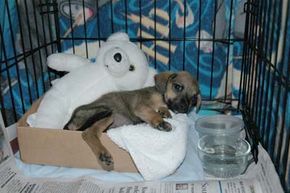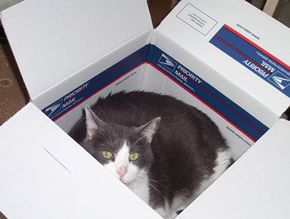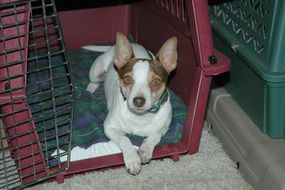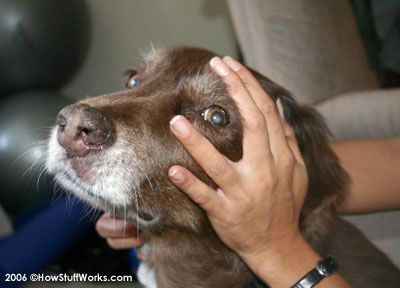If you have indoor pets, you've probably dealt with housebreaking. It's a universal aspect of animal training. Whether your pet goes on to learn lots of commands or tricks, he or she needs to learn to obey this basic house rule. But sometimes this simple act can become surprisingly complicated.
Advertisement
In this article, we'll see how elimination works in the wild and why some animals are easier to housebreak than others. We'll discuss some of the more popular ways to housebreak animals (focusing mainly on dogs), and we'll troubleshoot some of the most common housebreaking problems that trainers encounter.
Everybody Poops
Elimination of waste is the most obvious reason that animals produce feces and urine. The body must get rid of excess or unusable materials after digestion, as well as remove toxins and byproducts. Every animal does it. But did you know there are lots of other reasons that animals go? From communication to protection to bonding, it's all about doing their business. How and when animals go has a lot to do with their ecological niche. It's called "answering the call of nature" for a reason.
Did you ever wonder why that horse on the trail ride in front of you seems to have such bad manners? It's not actually his fault. When a species of animal spends its life out in the open, roaming across the plains, it can eliminate whenever it needs to without any ill effects. And that's exactly what many herd animals do. With no evolutionary reason to have bowel and bladder control, most hoofed mammals evolved with digestive systems that don't offer much. That's why you can't train your horse not to eliminate in the stall.
Animals that spend their lives living in the trees or flying overhead don't need bowel or bladder control, either. In nature, waste simply falls to the ground. This is why baby chimps raised by people usually wear diapers. Bird owners must simply accept messes as part of having birds. It doesn't have anything to do with intelligence, it's just biology.
Many mother animals will consume the waste products of their offspring. This may seem gross to us, but they have good reason to do it. Scientists speculate that they may do this to minimize any signs of young in the area that might attract predators. For example, American pronghorn does will eat the feces of their babies, probably to help protect them from scenting predators like coyotes.
In species that den or nest, consuming waste helps keep the bed area clean. In some species, newborn babies are physically incapable of defecating or urinating without the help of their mother. Both baby kittens and puppies need stimulation from the mother's tongue to eliminate until they are two to three weeks old.

Many animals also use urine and feces to communicate with each other. Deposits of urine and feces can define an animal's territory and serve as a warning to intruders. A great deal of information is available in one good sniff. A wolf can determine gender, reproductive status and perhaps even the health of the last wolf to make a deposit.
If your pet is urinating all over the house, he may just be doing what his hormones are telling him to do by leaving his calling card. Many animals, especially males, mark or spray to define and defend their territory. They will also mark where other animals have gone before. If your pet is lifting his leg and/or spraying up high, or if he's urinating on new or unfamiliar objects, you're dealing with marking behavior. Female dogs and cats may also mark, and marking behavior is much more common in intact pets than those that are spayed or neutered.
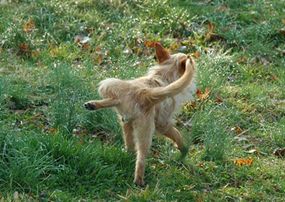
Animals may also urinate as part of a ritual display of submission, and some animals will excrete small amounts of urine when they are overexcited. Urinating can be a species-appropriate way of saying, "You're the boss!" If your pet is doing these things, the problem is not really a housebreaking issue; it's just an interspecies miscommunication.
This problem may actually go away if you ignore it. However, yelling or scolding your pet will just make the problem worse. If your dog wets the floor every time you come home and greet him, try ignoring him at first. Take him out and keep things low key until he's had a chance to empty his bladder.
Next, we'll look at the importance of location in housebreaking your pet.
Advertisement
